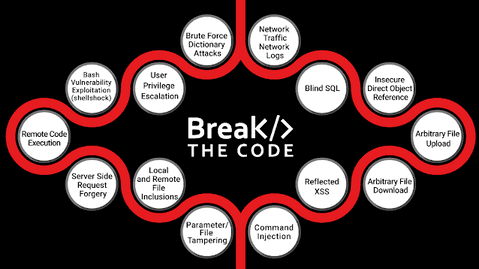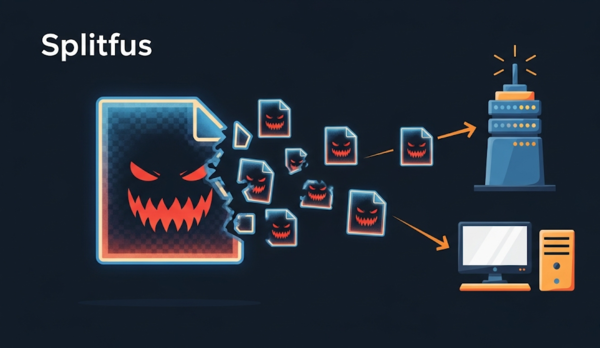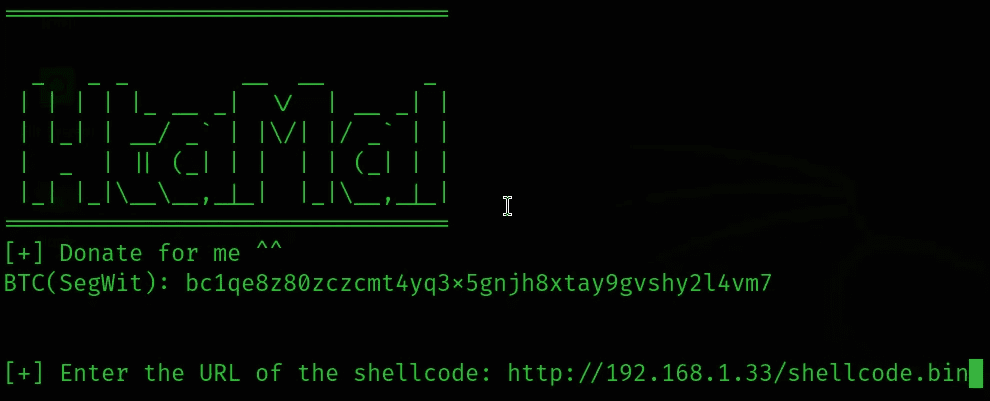Before finding out what’s new with CEH v11, let’s first understand what CEH is. The White Hat Hacker Certificate (CEH) is a hacker training certificate from Eccouncil. This is a security certificate for those who are passionate about network security, having CEH will be a plus point for you to easily apply for security jobs in large companies.
| Join the channel Telegram of the AnonyViet 👉 Link 👈 |
Since CEH was born in 2003, CEH has been recognized as a standard in the information security community. Because of the rapid growth of this certificate, we now have the next version of CEH v11, focusing on the latest hacking techniques and the most advanced hacking tools used by developers. hackers and information security experts today. CEH’s original core mission and attack phases are still valid and relevant today: “To beat a hacker, you need to think like a hacker.”
What’s new with CEH v11?
CEH provides detailed information on hacking stages, different attack vectors, and preventive countermeasures. It will teach you how hackers think and act so you have a better mindset to establish the security of your infrastructure and protect your systems from future attacks. Understanding the weaknesses and vulnerabilities of the system will help organizations strengthen security measures to minimize the risk of damage. It also requires the necessary knowledge and skills to do the work of an ethical hacker. You will undergo a number of completely different tests aimed at handling and necessary measures to ensure your safety.
Contents CEH v11
The CEH v11 certification training course is designed to provide you with a strong and in-depth understanding of various security areas, starting with preparing you for the ground up and dealing with scenarios. latest now. The course will provide you with a list of Modules that I have briefly described about its contents:
Module 01: Introduction to Ethical Hacking: This module introduces you to the basics of hacking, what a hack is, who a hacker is, their purpose, and other related terms.
The next modules will dive deeper into the different stages of hacking, which will help you think with a hacker’s mindset.
Module 02: Collect Traces: Gather information from a variety of sources using footprinting tools and learn the same defenses.
Module 03: Scanning Networks: Learn different techniques for identifying and scanning networks, servers, and ports using different scanning tools.
Module 04: Enumeration: Find detailed information about the server and port detected during the scan. This module currently includes subdomains such as NFS enumeration and related tools, DNS cache tracing and DNSSEC Zone, along with related issue countermeasures.
Module 05: Vulnerability Analysis: This module will introduce the concepts of vulnerability assessment, its types, along with hands-on experience with tools currently in use in the industry.
Module 06: System Hacking: Focus on the “how” part. How to gain system access, how to upgrade privileges, how to maintain access and how to erase your traces.
Subsequent modules help you gain more understanding of defense/offensive methods and concepts to aid the hacking process.
Module 07: Malware Threat: Malware threat terms, viruses, worms, trojans, their analyzes and countermeasures to prevent data loss. The introduction and analysis of malware such as Emotet and Fileless that are becoming popular has been updated in this section. APT concepts have also been added.
Module 08: Sniffing: packet sniffing, associated tools and defense techniques.
Module 09: Social Engineering: Since people are the most critical vulnerability for any organization, it is essential to understand how attackers use humans to carry out attacks such as identity theft, impersonation. , insiders, and how to defend against such social engineering attacks.
Module 10: Denial of Service: Since DoS and DDoS are among the most common targets of attackers, this module covers the above attacks, use cases, and attack and defense tools. involve.
Module 11: Session Hijacking: For a deeper understanding of the technique, its purpose, tools used along with countermeasures.
Module 12: IDS, Firewalls, and Honeypots Bypass Techniques: Understand the terms and workings of these defense techniques and mechanisms to learn how to dodge them during an attack.
Module 13: Hack Web Server: Web server based attacks, methods, tools used and defenses.
Module 14: Web Application Hacking: Attacks, techniques and how to mitigate them on web applications.
Module 15: SQL Injection: Learn more about OWASP 10’s top web application vulnerability, how it works, and how to mitigate it.
Module 16: Hack Wifi: Wireless encryption, wireless hacking and Bluetooth hacking related concepts.
Module 17: Mobile Platform Hacking: Mobile device management, mobile platform attack vectors, and vulnerabilities related to Android and iOS systems.
Module 18: Hack IoT Devices: Identify vulnerabilities in IoT and ensure IoT devices are secure. Learn the basics of Operational Technology (OT), an introduction to ICS, SCADA and PLCs, threats, attack methods, and attack prevention. The OT concept is a new addition.
Module 19: Cloud computing: Cloud computing, threats and security. In addition, the essentials of container technology and serverless computing have been added.
Module 20: Cryptography: Encryption algorithms, Public Key Infrastructure (PKI), cryptographic attacks, and cryptographic analysis.
Password: anonyviet.com
Difference between CEH v11 and CEH v10
Many of you still want to learn the main difference between CEH V11 and CEH V10 and what changes were brought into CEH V11? Let’s find out with us.

CEH V11 will follow a hacker-like thinking approach, EC-Council is ready to release the latest version of CEH: CEH v11, adding to the curriculum the latest knowledge in the field of security network. The Domains remained the same, but new entries were introduced with the addition and removal of some topics. The latest version will add OT Technology, Serverless Calculator, WPA3 Encryption, APT, File less Malware, Web API and Web Shell. On the practical side, the operating systems used for the lab include Windows 10, Windows Server2016, Parrot Security, Windows Server2019, Android and Ubuntu Linux.

CEH V 11 will teach you the latest hacking tools, techniques and methods used by hackers and information security professionals to legally infiltrate an organization.
CEH v11 will have the same concept
- Reconnaissance (Reconnaissance)
- Scanning (Scanning)
- Gaining Access
- Maintain Access
- Clear Logs
CEH v11 introduced with several new implementations in the concept of IoT Device Hacking and Cloud Computing Hacking.

So the main difference between CEH v11 Vs CEH v10 is that it has removed the old concept and introduced the latest concepts with newer syllabus and added practical knowledge. Now download the CEH v11 ebook to experience the methods of being a Hacker.












